It’s hard to know what to believe: your ears, or the latest survey of Scottish Social Attitudes from the Scottish Centre for Social Research, which shows that the number of Scots who can speak some Gaelic has doubled in the past decade.
Now, we’re not talking of the ability to recite all 854 verses of the original Duan na Fèinne epic here, but “those who can speak at least the odd word of Gaelic” (according to Bòrd na Gàidhlig’s recent press statement) – “a number which has doubled from 15% in 2012 to 30% today.”
It’s marvellous news in many ways, for I welcome with open arms (and ears) anyone who can say “uisge-beatha” or “ciamar a tha thu” or that old Beano favourite, “smashin’”, derived from the original Gàidhlig: “is math sin” (meaning “excellent”).
Though, we all know that one word doesn’t make a language, any more than one swallow makes a samhradh. But, still, the sight of that first gòbhlan-gaoithe in May is always welcome.
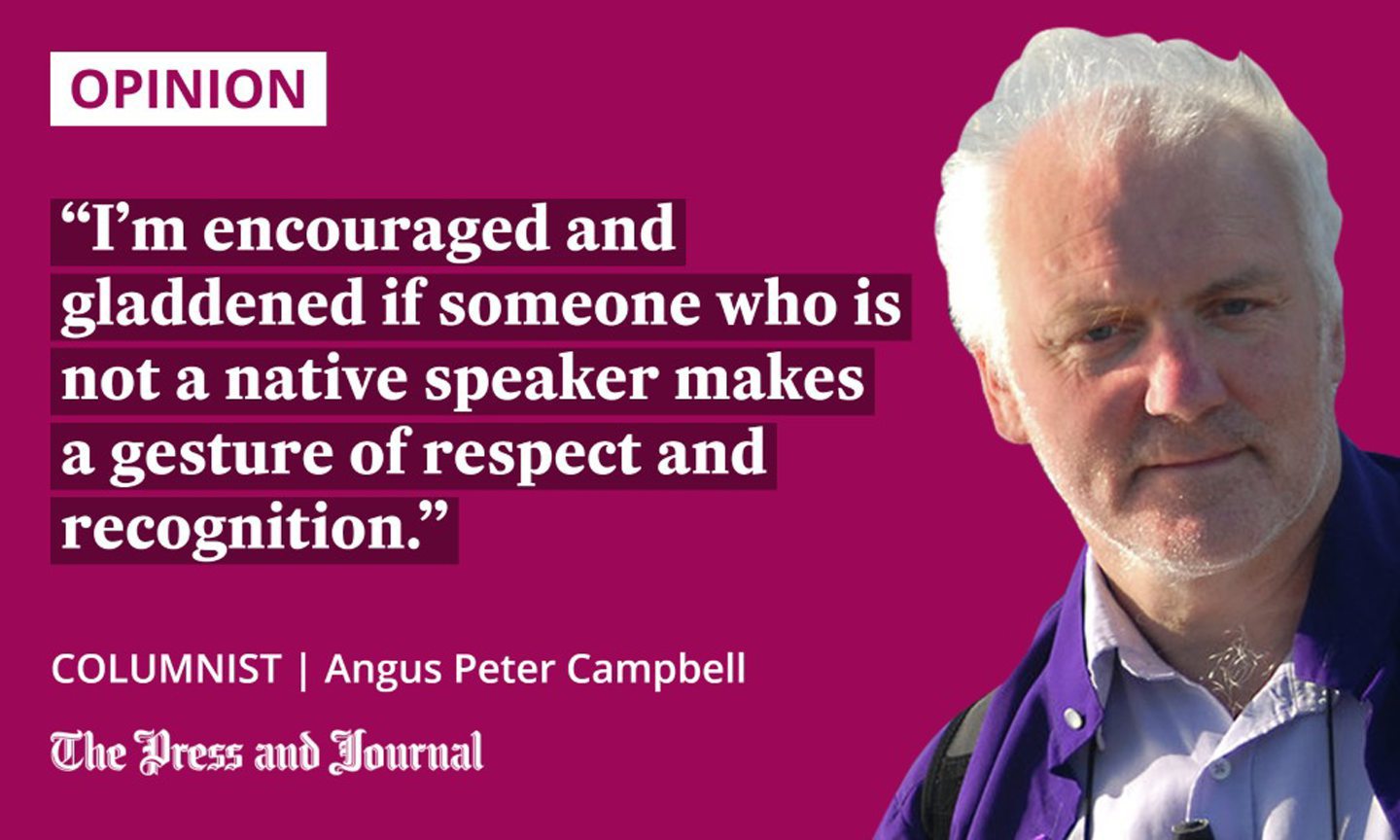
For small things matter. I don’t have much French beyond “très bien”, and little German beyond “danke schön”, and no Chinese beyond “ni hao”. Yet, when in Paris or Bonn or Xian, those tiny efforts receive a smile and a warm welcome, in recognition of the attempt that has been made to build a rickety bridge across the languages.
I’m the same with Gàidhlig. I’m encouraged and gladdened if someone who is not a native speaker makes a gesture of respect and recognition: it shows, at the very least, that they are aware of the language’s existence. They might even care.
Nevertheless, let’s not be fooled into thinking that just because attitudes towards Gaelic are (for the most part) changing for the better, it means things are getting better for the language-use community itself.
Reports don’t reflect what I hear
The good news is that the new survey from the Centre for Social Research found that more than half of those asked would like to see the number of Gaelic speakers in Scotland rise in the future, with 56% giving their backing to that proposition.
A map showing Gaelic / English bilingualism in Scotland (1891). Inside the red line is where 50%+ speak both languages.
Outer Hebs are mostly purely Gaelic speaking, yet today would be the only place with a chance of 50% bilingual speakers – but no Gaelic monolingualism #InHab50 pic.twitter.com/djVoIwMMZt
— Phil Taylor (@ScienceAndMaps) December 19, 2019
Though maybe that’s like 56% of us saying we’d like Ross County to win the Champions League next year (the other 43% would like it to be Inverness Caley Thistle, with the remaining 1% – Murdo from Clachnaharry – arguing that honour should go to Clachnacuddin). It’s one thing to wish…
For, despite this latest survey, and despite many upbeat reports from various quangos and authorities and official organisations about the development of Gaelic, my ears tell me different. I hear it less than I used to, and that’s not just because I increasingly spend my time in isolated glens listening only to the birds singing and the cattle lowing and the sheep bleating.
Gaelic has ‘officially grown’ – but unofficially diminished
What has happened over the past 30 years or so is that, while Gaelic has “officially grown”, it has unofficially diminished. By which I mean its public visibility has increased – from road signs to Gaelic-medium schools and corporate language policies – while its actual daily usage as a family and community language has fallen drastically.
There has been a massive dislocation been public pronouncements and private practice. Of course, that’s not just confined to Gàidhlig: you only have to think of any second-rate politician to know the daily horror of the ever-widening gulf between rhetoric and reality. The further apart they are, the more difficult it is to know where one ends and the other begins: it’s like an endless loop, so that after a while you don’t know (or care) what is fact and what is fiction.
We are all learning. You can hate nationalism and love Scotland. And England
It’s the small tragedy of our time: the way in which common ground has been surrendered, with political parties (and others) merely feeding their bases. Brexiters here, Remainers there. Nationalists here, unionists there. Native Gaelic speakers here, learners there.
Whereas the reality is much more complex and nuanced. We are all learning. You can hate nationalism and love Scotland. And England. You can be European but dislike the structures and power of the EU. You can be part of the vernacular community living in Vermont as well as in Valtos. It’s possible, as Seamus Heaney put it, to be in two minds: to be in two places at once. “You are neither here nor there”, he wrote in one of his poems.
I knew Seamus Heaney, and he loved all of Ireland, despite (perhaps because of?) its divisions. As we can love all 854 verses of Duan na Fèinne, should we have the honour of knowing them, or as we can love the single word “slàinte” because it’s all we know. They are not competing but complementary visions.
So, as the potentially hugely divisive referendum looms, don’t sink into your trench to fire howitzers. Instead, as Seamus put it: “Walk on air against your better judgement”.
Angus Peter Campbell is an award-winning writer and actor from Uist
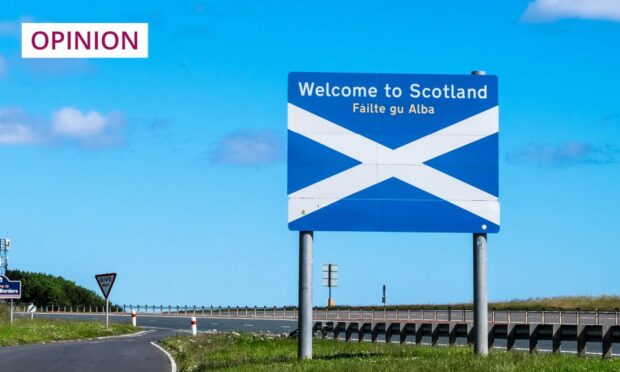
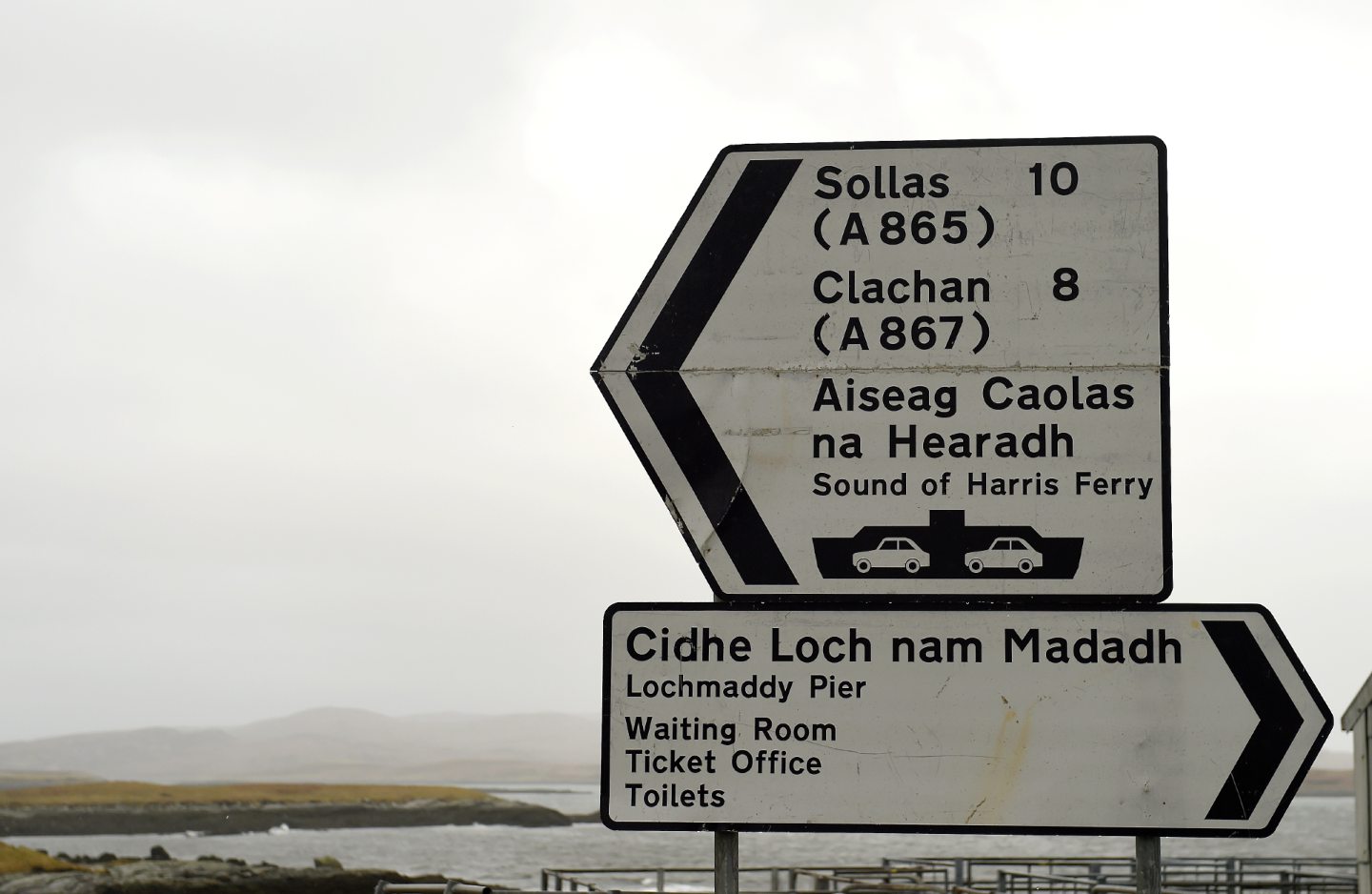
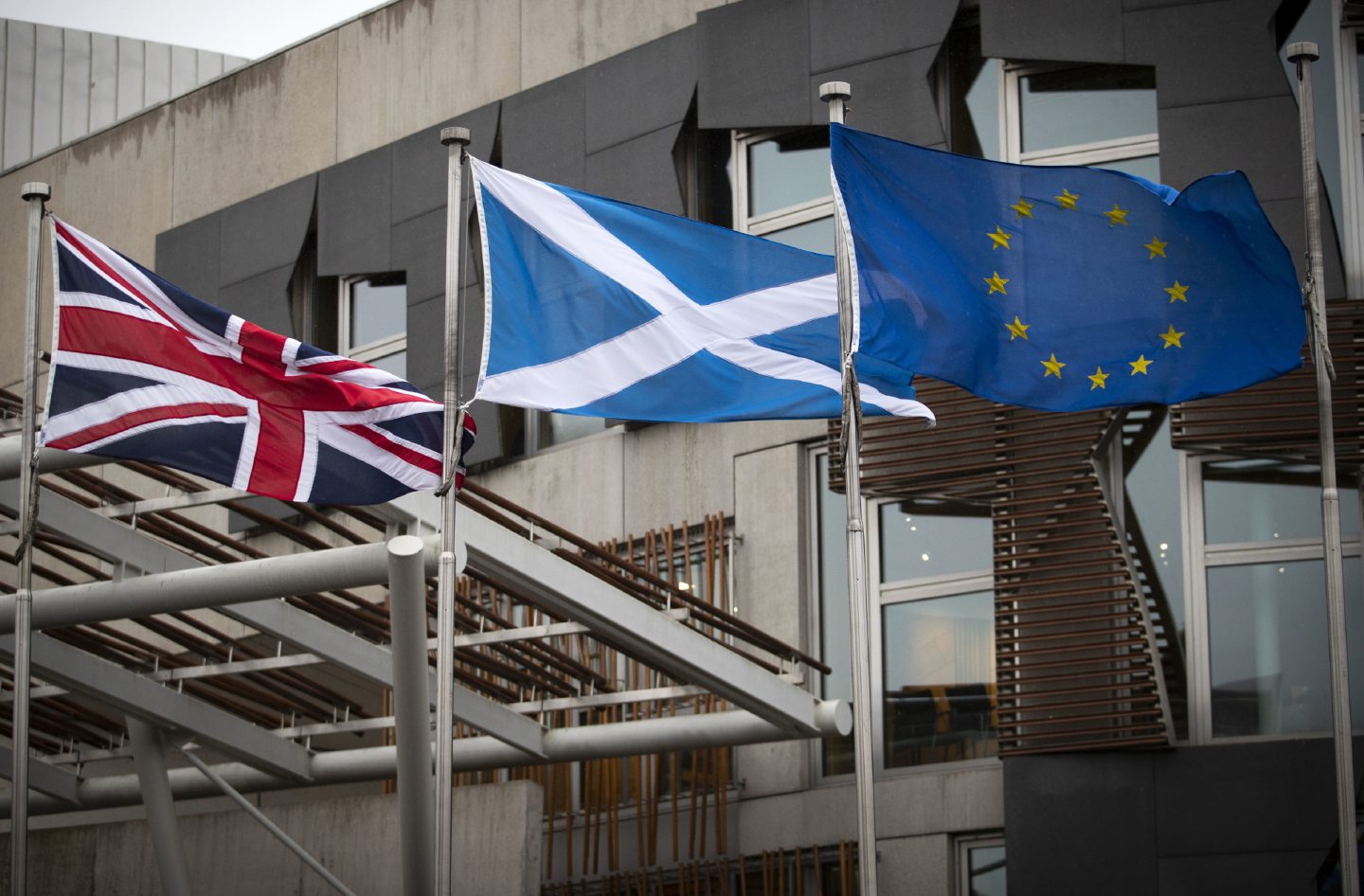




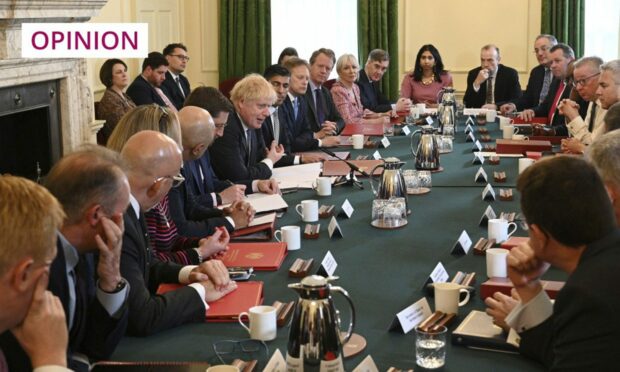










Conversation